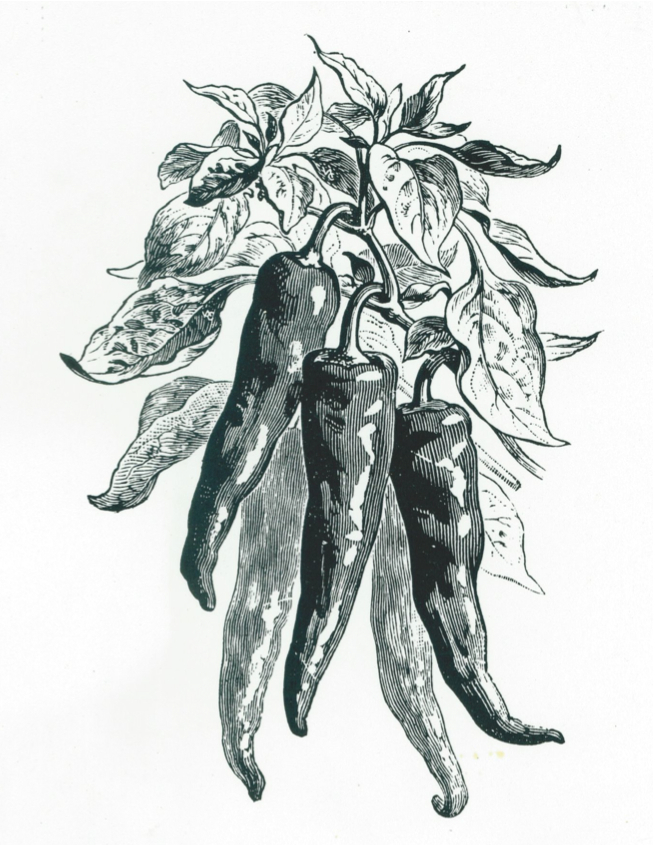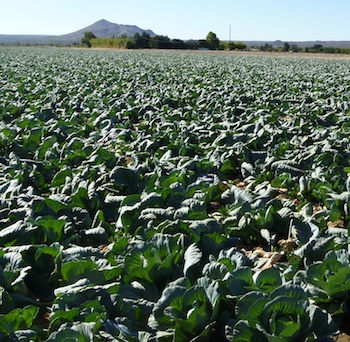
It should come as no surprise that while the global economy heats up again, the prices of chile peppers across Southeast Asia are increasing, too. Rising food costs, a good indicator of economic inflation, have thus far contributed to concern in the Western world and turmoil in the Middle East. It would seem that Southeast Asia, especially Indonesia, is no longer immune to the trouble.
Take a moment to chat with one of Indonesia’s many food vendors, and they’ll tell you the hard truth of their trade – food costs are on the rise, and nowhere is this more evident than with chile peppers, a staple of the local cuisine. Recently, chile pepper prices—particularly the price of Thai chiles, called “cabai rawit,” have jumped between three-fold to nearly ten-fold over the last year, making chiles more expensive than beef in some regions.
What’s causing chile pepper price inflation? In a recent article from Bloomberg Businessweek, contributor William Pesek identifies the culprits: Surprisingly, U.S. Federal Reserve Chairman Ben Bernanke has as much a role to play in the increase as recent devastation from La Nina weather patterns.
“Asia, with the exception of Japan, is booming,” says Pesek. “Any cursory look at data on gross domestic product and stock performance shows that. The trouble is, the region has too much of a good thing on its hands. Too many investors are seeking higher returns at the same time Europe is quaking and America’s outlook is shaky.”
So while investors are sending a deluge of cash into Asian markets, the cost of living is surging for local inhabitants. This is particularly worrisome for Southeast Asia, where many of its citizens survive on less than $200 a month. A rise in staple food products such as chile peppers, cooking oil, and rice could mean a difficult time ahead.
It’s not just food vendors and economists who are keeping a close watch on chile pepper inflation; even Indonesian leaders, including President Susilo Bambang Yudhoyono, are weighing in on the crisis, advising Indonesians to grow their own peppers or look to hot sauces and other fiery substitutes until prices cool off.
But in a region where no dish goes without a spicy condiment, Indonesians are reluctant to turn their backs on such an ingrained culinary staple, making the cost of chile peppers a possible tipping point in the future of Southeast Asia’s economic and social stability.








